What is the tolerance range of precision screws?
What is the tolerance range of precision screws?
Service Hotline
+86760-8787 8587We have more than ten years of experience in the production of screw industry, the main products are: 6 hexagon head bolts, stud bolts with studs, black nylon screws, DIN nuts, thin flat washers, Q863 square welding nuts, pressure riveting screws rivets, plum blossom Bearing washers, cap screw caps, round head torx bolts, twist star plastic screws, hammer nails gecko screws, king eight lock washers locking pieces, carbon steel galvanized nuts, flange car nuts and other fasteners, due to The materials and specifications of the products are different, and the prices are also different. Please contact us if you need it.


The heating bolt pre-stretching method makes the bolt pre-stretch to the required deformation amount by heating, and then tighten the nut. After cooling, the bolt is shortened and the connection is pre-tightened. This is a commonly used fastening method in infrastructure installations. However, it is not suitable for devices that often need to be disassembled and adjusted, because during the disassembly process, the connected parts will be heated and elongated together with the bolts, and the use of open flame heating will be limited in some occasions; the use of electric heating will make the structure of the screw It becomes complicated and increases the investment, and even if it is difficult to disassemble, such as the propeller shaft of the ship, etc., the heating method is not suitable.
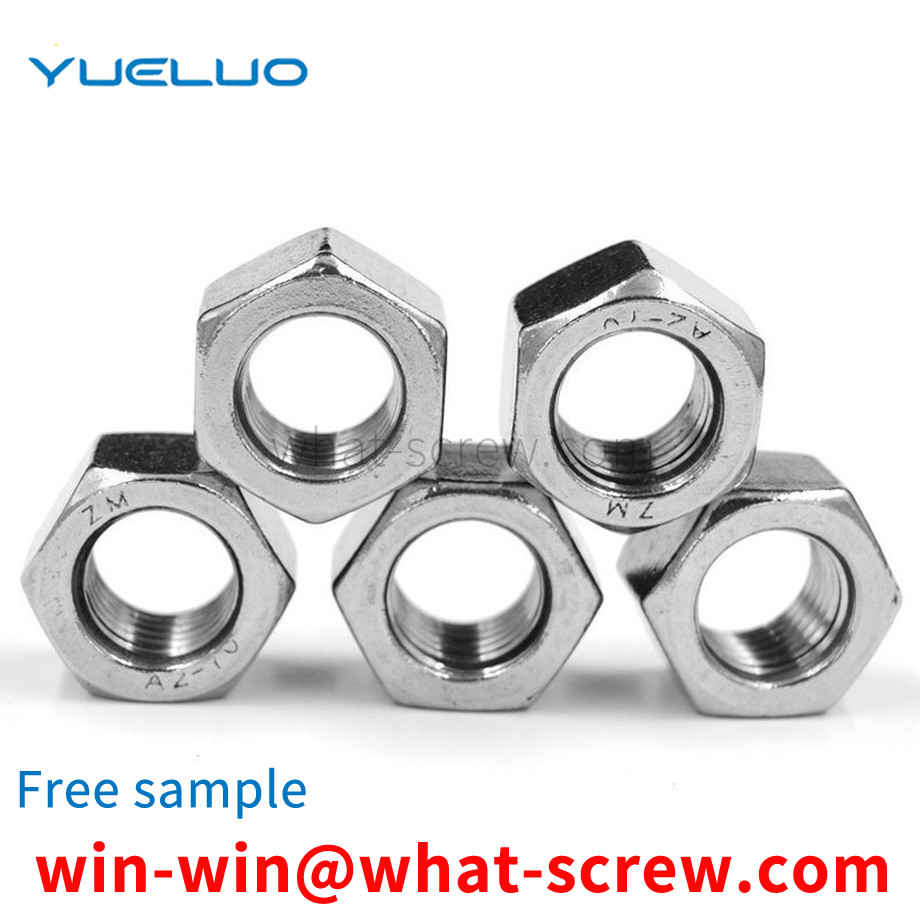
Figure 1 is a schematic structural diagram of Guangdong Yueluo Hardware Industry Co., Ltd. Figure 2 is a front view of the structure of the riveted positioning block. FIG. 3 is a top view of the structure of the riveted positioning block. Figure 4 is a front view of the structure of the riveting lower die. Figure 5 is a side view of the structure of the riveting lower die. 1, I is a rivet, 2 is a riveting positioning block, 3 is a product, 4 is another product, and 5 is a riveting lower die. [0017] Referring to Figure 2, Figure 3, 2-1 is a positioning pin, 2-2 is a rivet hole, and 2-3 is a through hole. Referring to Figure 4, Figure 5, 5-1 is a positioning hole, 5-2 is a guide block, 5_3 is a countersunk screw hole, and 5_4 is a vacant hole.
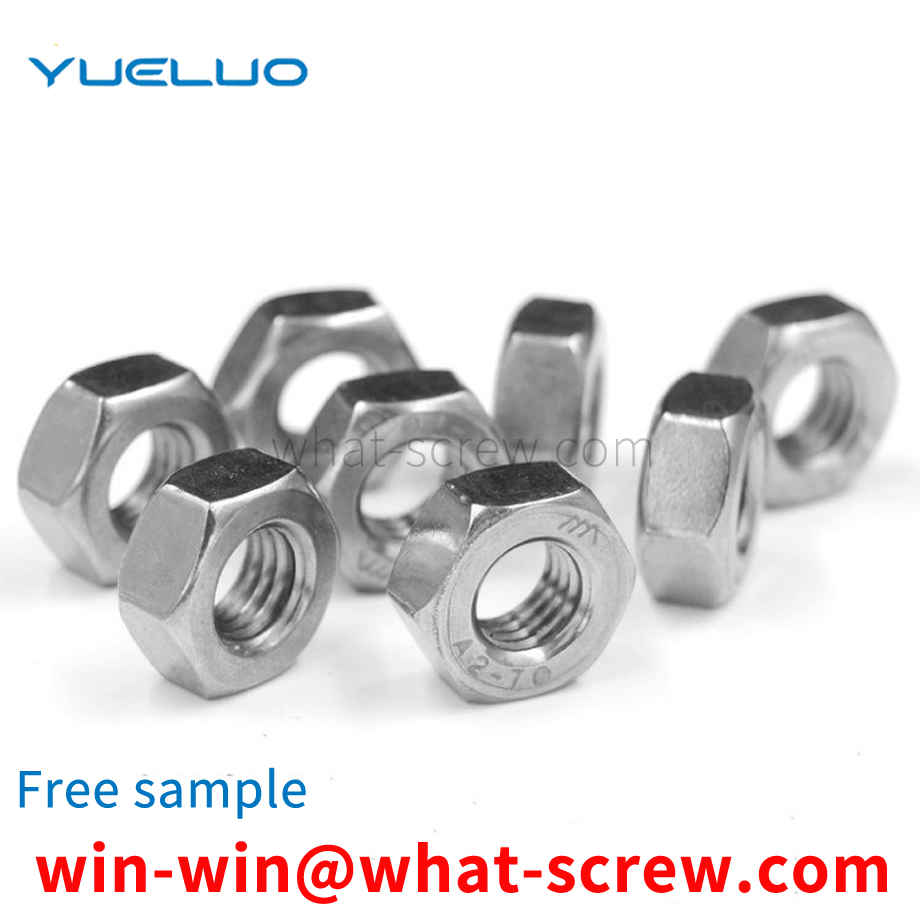
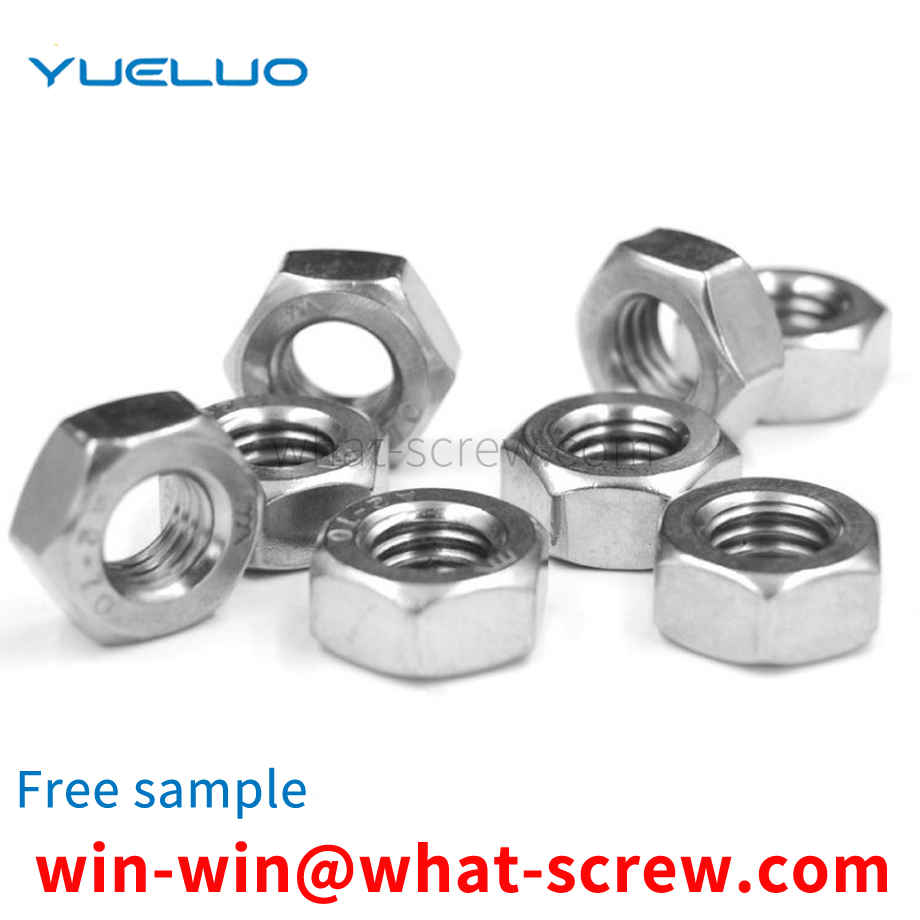
Anti-corrosion technology Stainless steel screws are made of metal, and there are four main methods for metal anti-corrosion, namely the properties of the material itself, the environment of use, the interface between materials and the environment, and the improvement of the metal structure design. If a complete anti-corrosion alloy is used to make stainless steel Screws, unless there is a special need, are not cost-effective in terms of economics, and it is also impractical to completely isolate the appearance of the screw from environmental elements that can cause corrosion. Improving the metal structure design can improve the influence of special circumstances under certain conditions, but the design of most stainless steel screws cannot be fully corrected, and its maintenance effect is not permanent, so this method cannot basically solve the problem, as long as it is on the surface. Top anti-corrosion, that is, surface anti-corrosion treatment is the most widely used method. The anti-corrosion treatment on the surface of stainless steel screws refers to the use of various methods to apply a protective layer on the metal surface. The purpose of avoiding or mitigating corrosion. The protection layer should be able to meet the following requirements: 1. Corrosion resistance, wear resistance, high hardness, 2. The structure is tight, intact, and the pores are small. 3. It has strong separation and good adhesion with the base metal. 4. It is evenly distributed and has a certain thickness. The maintenance layer is usually divided into two types: metal coating and non-metallic coating. Metal coating refers to the use of metal or alloy with strong corrosion resistance to form a maintenance layer on the surface of metal that is easy to corrode. This coating is also called plating. There are quite a few methods and varieties to produce metal coatings, the most common of which is electroplating, followed by molten metal immersion plating (hot dipping) and chemical surface treatment. Non-metallic coating refers to the use of organic polymer materials such as paint and inorganic materials such as ceramics to form a protective layer on the surface of metal equipment or parts. The protective layer can completely isolate the base metal from the environmental medium and prevent the base metal from corrosion due to contact. Corrosion is formed in the medium of stainless steel standard parts.
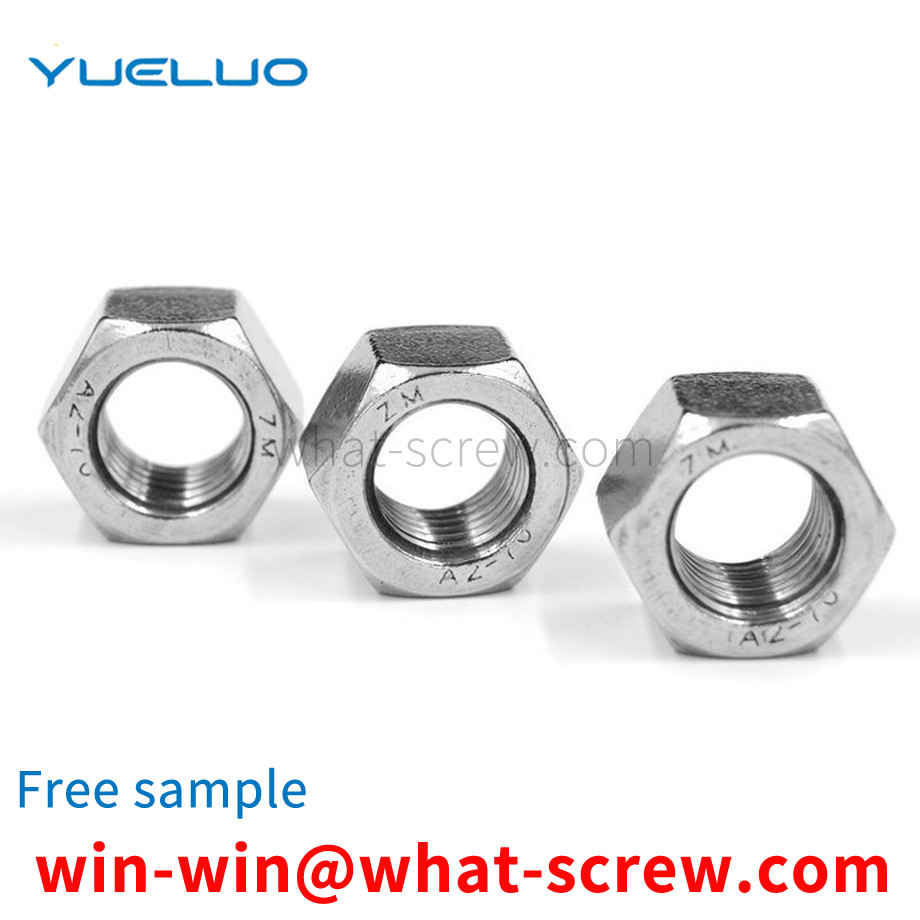
Shaft retaining ring (hereinafter referred to as retaining ring) is a very common part and is widely used in shaft parts. The existing solution for pressing the retaining ring is: place the retaining ring sleeve in the chamfering section or the guiding section of the shaft head, and then use an indenter whose inner hole diameter is larger than the diameter of the shaft head to press the retaining ring into the groove, and then press the retaining ring into the groove through the shaft head. The retaining ring is combined with the slot to prevent the indenter from continuing to move downward.

The above content is uploaded by Yueluo or the Internet. If there is any copyright issue, please contact [email protected].

What is the tolerance range of precision screws?

How to choose the right stainless steel screw manufacturer?

Why is there an R angle under the head of the hexagon head s...

We have more than ten years of experience in screw industry ...
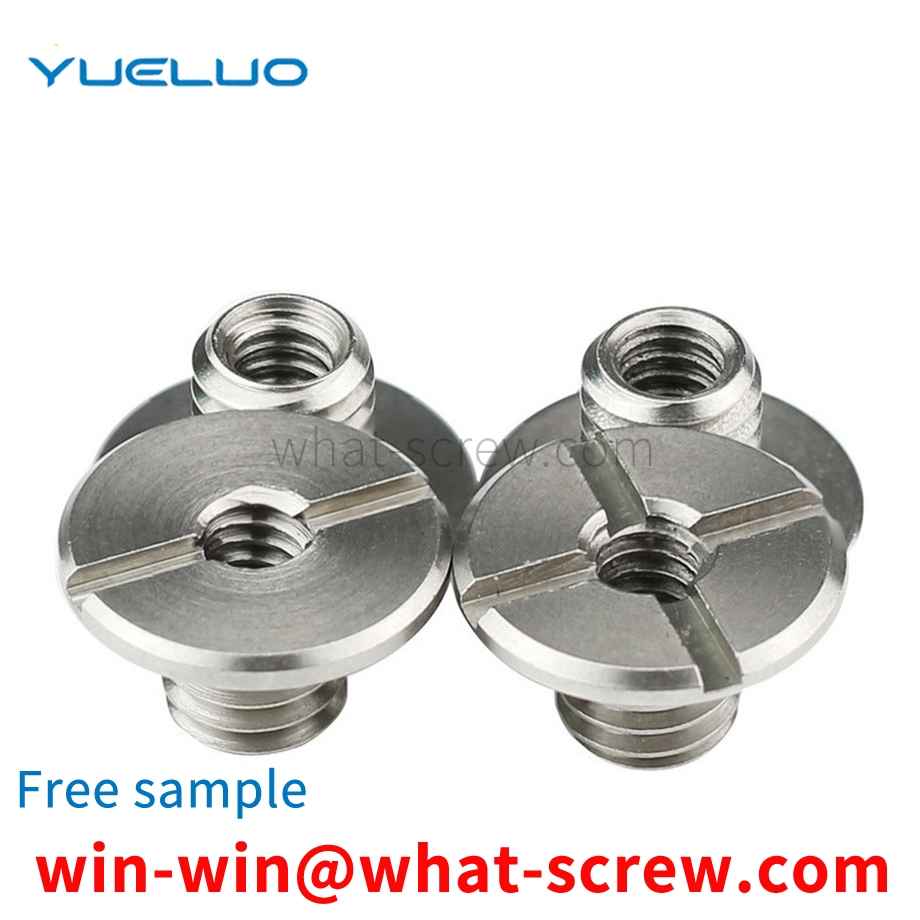
We have more than ten years of experience in screw industry ...
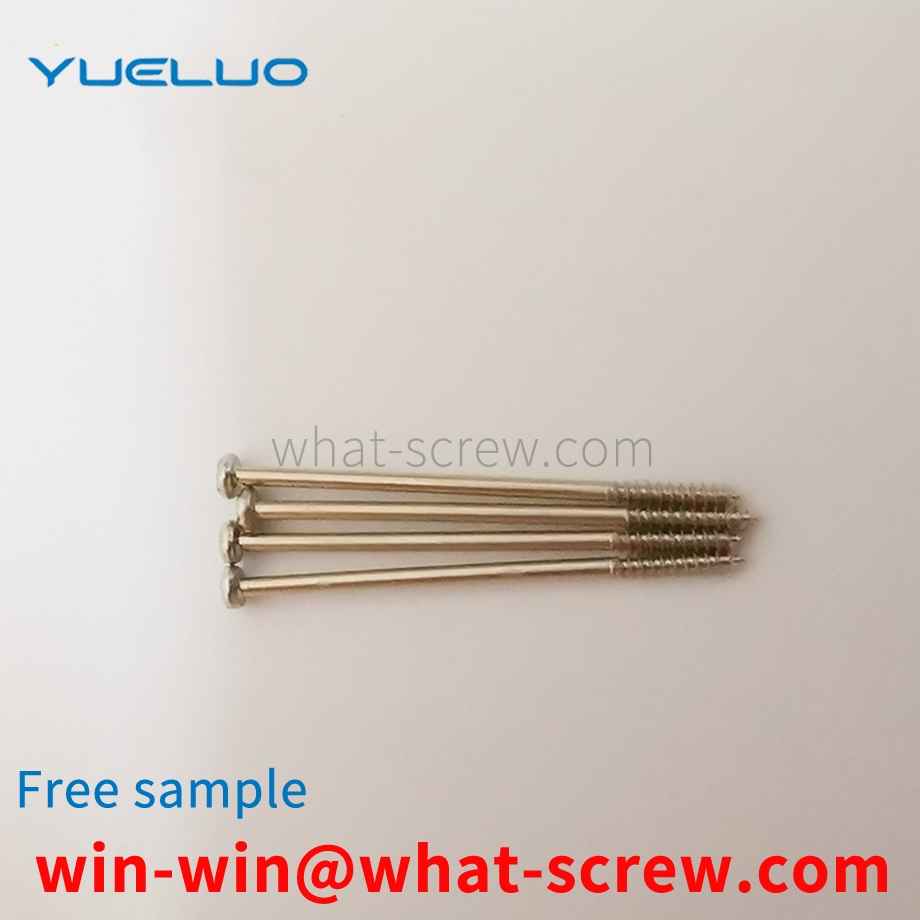
We have more than ten years of experience in screw industry ...
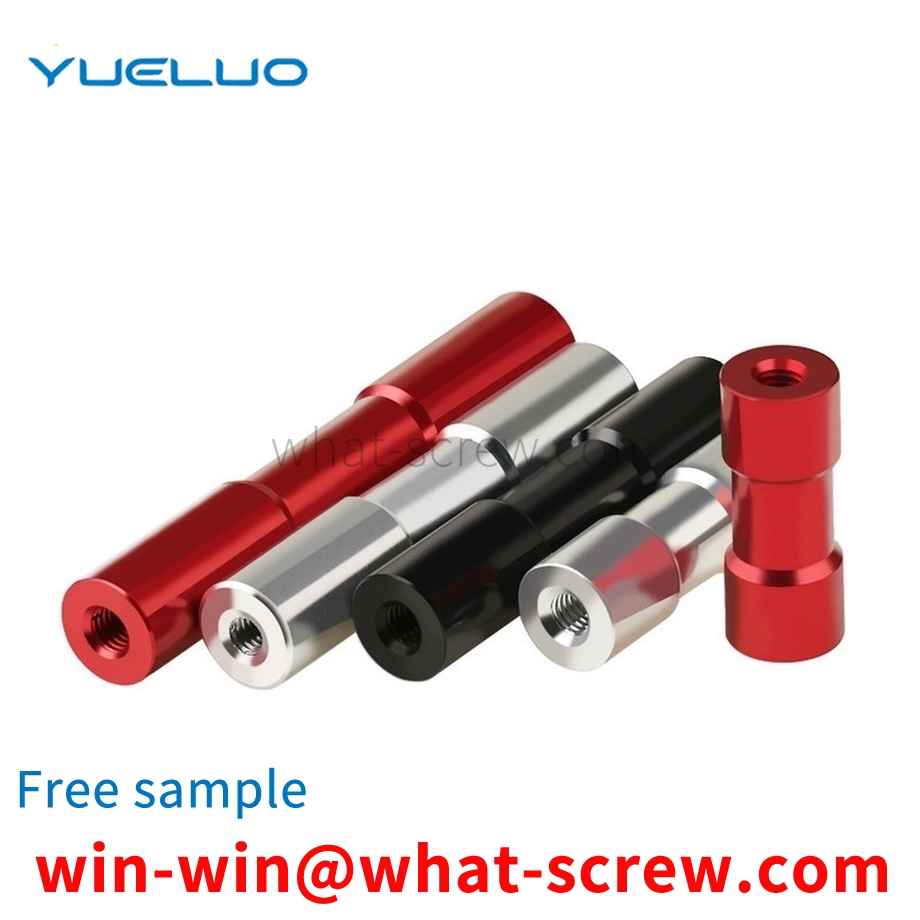
We have more than ten years of production experience in the ...